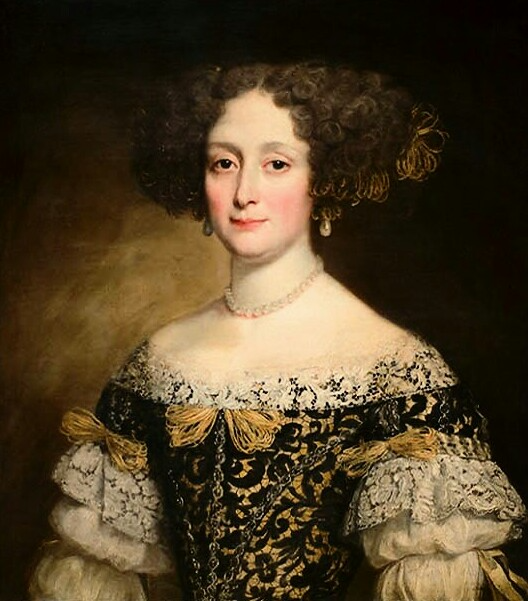Conversations in Print Culture
The nature of novel publishing during the later nineteenth-century was such that some novels would see volume publications released before their serialized components were fully complete. As such, there was an opportunity for reviews to be published during the process of serialization. Often, these reviews mark the appearance of a particular kind of conversation in the culture of print which surrounds and interjects itself upon the text that remains in-process. Looking to these moments reveals the living existence of a text within the social world of its inhabitance in particular ways. By the time Lady Audley’s Secret was appearing in iterative form in the London Journal, it had already been partially and fully serialized, as well as introduced in volume form. Due to these conditions, the London Journal’s serialization coincided with the simultaneous publication of various reviews which built a commentary around Lady Audley and her story.
The London Review.
April 11, 1863

Madame de Brinvilliers, a French noblewoman accused of
murder with whom Lady Audley is compared.
One such example comes from The London Review, which was published on the same day as the third installment of the London Journal’s serialization of Lady Audley’s Secret. The article, entitled “The Romance of Wicked Women,” begins with a declaration of the startling success that has accompanied the publication, and subsequent editions, of Lady Audley’s Secret. The cause of which is attributed to a general excitement brought on “by the delineation of female guilt.”1 This “morbid feeling…to pry into the dark recesses of those feminine natures which, by their own inherent wickedness, or by the pressure of cruel circumstance, have attained [a] degree of reckless ferocity.”2 Going on to list notorious female characters from a wide range of literature, poetry, and theatrical production, this review enters into a discussion on the philosophical nature of the public’s interest in the wickedness displayed by the story’s central character, drawing a map of intertextual relationships that have arisen throughout the process of the reviewer’s reading and subsequent contemplation of the novel. Lady Audley is equated with female archetypes in Lady Macbeth, through the character’s recent representations by actresses “Mrs. Siddons, and…Madame Ristori” who have "made so great an impression on the English public,” and Lucrezia Borgia.3 She is further compared to Madame de Brinvilliers, Madeleine Smith,4 and Mrs. Manning—all real-life murderesses with sensational stories5 that juxtapose the reviewer’s understanding of Lady Audley with contemporary touchstones, showing the intricacies between Victorian reader’s encounter with the serialized novel and their daily life.
By relating Lady Audley’s Secret with the works of Shakespeare, the crimes of Madame de Brinvilliers, and other depictions of actual women committing atrocities of the same caliber as Lady Audley, the review places the novel in conversation with these points of reference, guiding the characterizations with which readers categorize Lady Audley and her story. These threads of dialogue posit certain “meaning and shape” for the novel, emerging from “a particular historical moment in a socially specific environment.”6 Taking note of these associative relationships can give us a model of the ways in which readers mediated their understanding of the text alongside their lived experiences and allow us to see the ways in which the novel, and especially the serialized novel, participates in a culture of associations. Such associations are especially pronounced for those novels which emerged within the periodical space, both creating connections between itself and the content of the publication’s pages and with other printed materials that surrounded its continued emergence in the on-going nature of installment publication. Throughout its lifespan, the serial novel had a special and sustained version of this dialogue that created distinctive relationships by proxy of its placement in the very center of a culture of print.